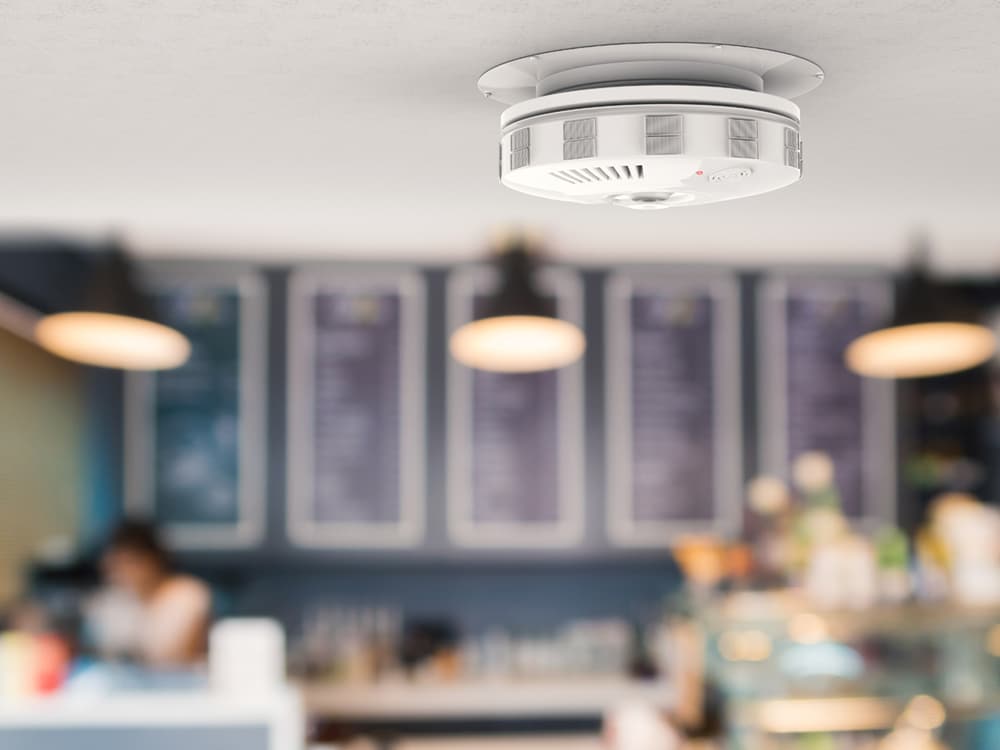Did you know there’s a “silent killer” out there that could potentially invade your home without warning? You can’t see it, or smell it, but it could hurt you and your family before you even know what’s happening. It’s called carbon monoxide.
What Exactly Is Carbon Monoxide?
By definition, “carbon monoxide (CO) is a colorless, odorless, and tasteless gas that is slightly less dense than air.” It’s also toxic to both humans and animals “when encountered in concentrations above about 35 ppm,” and can cause carbon monoxide poisoning. If that wasn’t enough, this virtually undetectable gas is also highly flammable.
What’s Carbon Monoxide Poisoning?
If a person inhales carbon monoxide, their body’s ability to transport oxygen through the blood becomes inhibited. Without enough oxygen reaching the brain, heart, and other vital organs throughout the body, the person eventually asphyxiates. Of course, death is often not instantaneous. Many people with carbon monoxide poisoning have reported experiencing various flu-like and other common yet persistent symptoms such as:
- Headaches
- Dizziness
- Disorientation
- Visual Disturbances
- Nausea
- Muscle Weakness and/or Cramps
More serious symptoms include visual disturbances, the aggravation of certain preexisting conditions, heart or respiratory disease, impairment of cerebral function, seizures, and even comas. If you suspect you may be ingesting carbon monoxide, try to shut it off at the source and get yourself and any loved ones or pets out of the home and into the fresh air immediately. Then call 911.
How Does Carbon Monoxide Get In?
Carbon monoxide comes from combustion, which means it can be found all over the place. If you have a non-electric vehicle, it emits carbon monoxide (which is why leaving your car running in an enclosed space, like a garage, can be deadly). If you have a gas stove, boiler, or heating system there is a chance your home actually produces quite a lot of carbon monoxide. When your systems break or leak, carbon monoxide can escape and infect other areas.
Treatments & Cure
The only thing that can counteract carbon monoxide is oxygen. If you are exposed, go outside or find fresh air as soon as possible. Take slow deep breaths. If you think you may have carbon monoxide (CO) poisoning, call 911 and get to a hospital so they can give you pure oxygen to return your blood levels to normal.
Preventing Carbon Monoxide In Your Home
There are certain steps you can take to keep your family safe, for example:
- Make sure if you own a fireplace you keep your chimney clean, and your flue open when you light a fire. If you happen to have a gas fireplace, make sure the glass is airtight and secure to prevent gas leaks.
- Make sure you have proper airflow for your property’s HVAC systems. Blocked vents can overheat your furnace and cause all sorts of problems that can lead to carbon monoxide leaks. Also, have your HVAC systems serviced and inspected regularly for any damage that might lead to a leak later on.
- Make sure you install carbon monoxide detectors/alarms in your home to warn you if levels rise above a safe limit. This will help take the guesswork out of the whole process. Just remember to replace the batteries every so often so they work properly all year round.
- Make sure you’re extra careful when it comes to using any space heaters that use any sort of fuel.
- Make sure you never ever run your vehicle inside an enclosed area, or try to heat your home with a gas oven!
To have your home tested for carbon monoxide, and ensure the protection of your family, we encourage you to get in touch with our air quality specialists at AFM Heating & Cooling. Call AFM Heating & Cooling at 734.464.6700 for a free consultation, or simply fill out the form in the sidebar, today.


